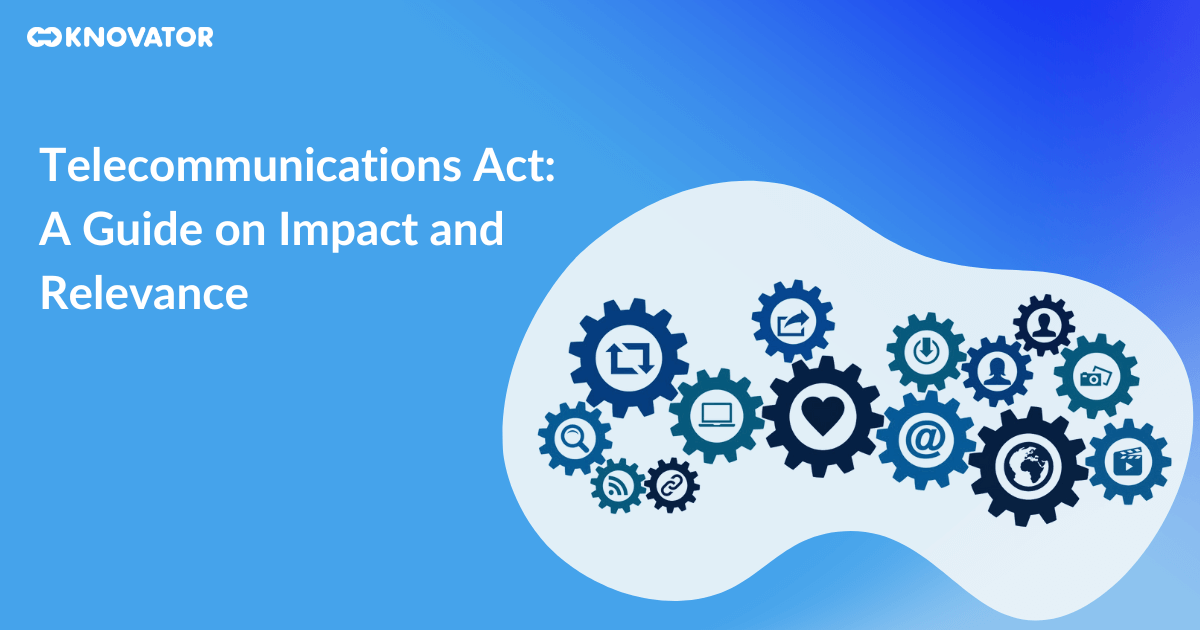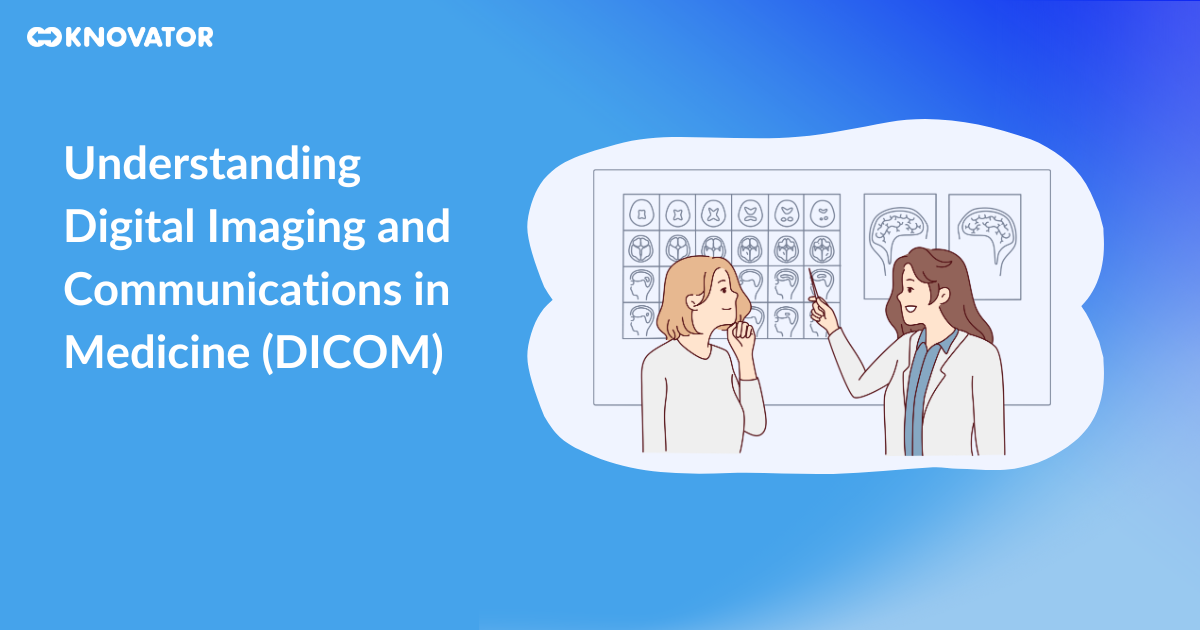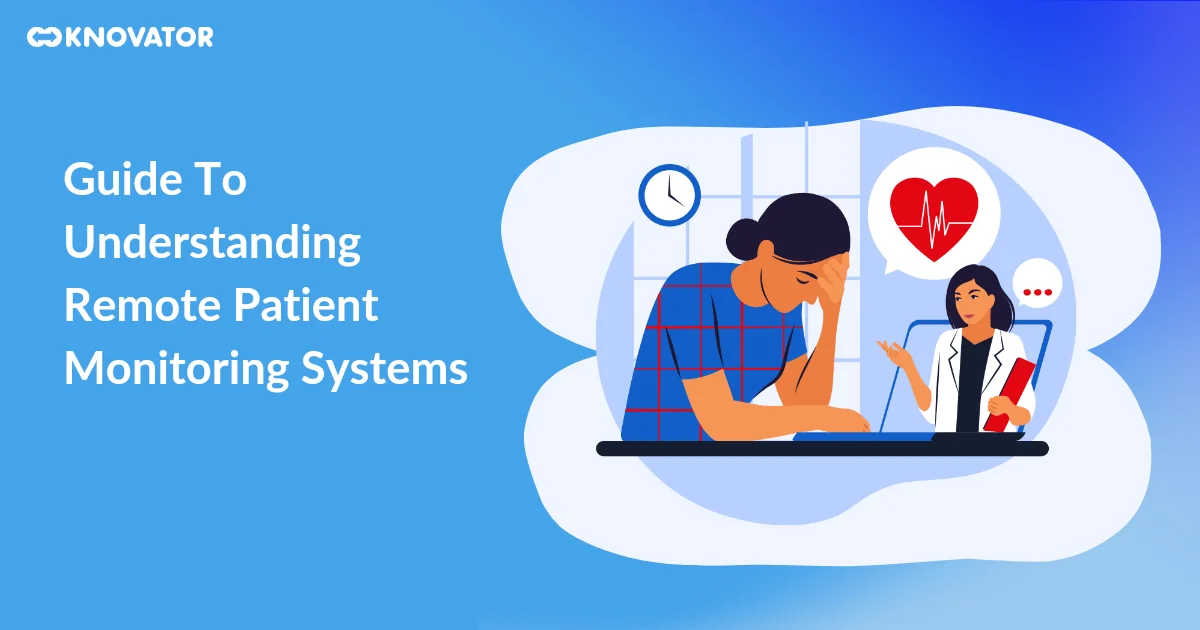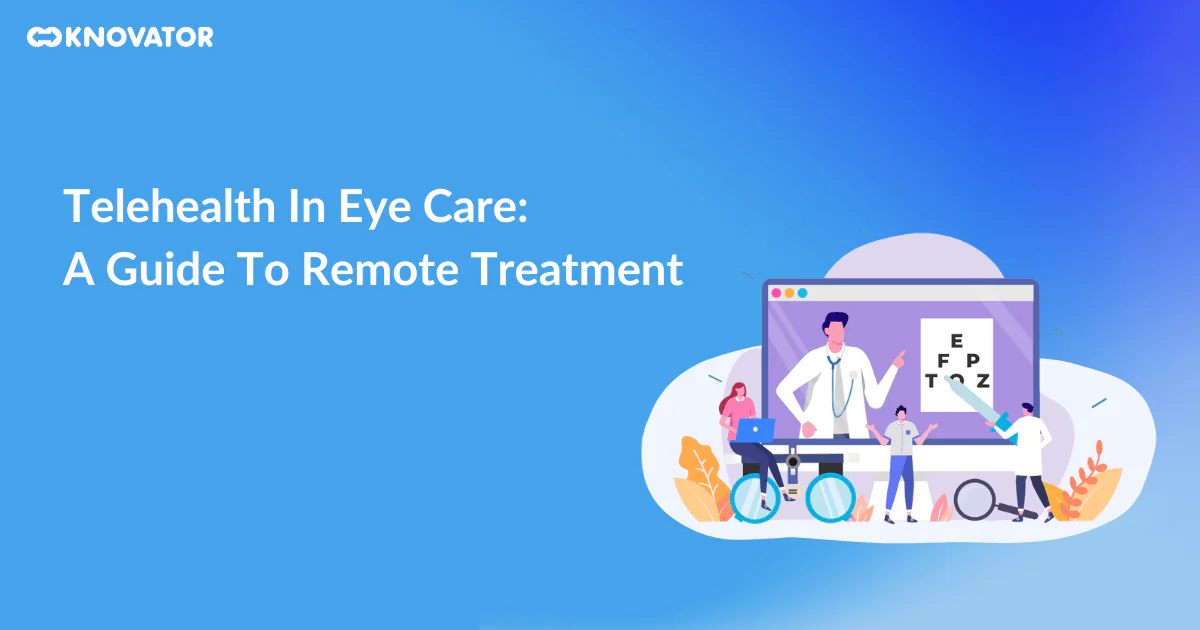Today we’re diving into the world of the Telecommunications Act. Enacted in 1996, this significant piece of legislation brought a major overhaul to the United States telecommunications law. It was a game-changer, aiming to foster competition and reduce regulation in the telecommunications industry. Ready to learn more about this landmark Act? Let’s get started!
Background and Objective of the Act
Before we delve into the Telecommunications Act, let’s take a step back and look at the landscape before its inception. Before 1996, the Communications Act of 1934 was the primary law governing the telecommunications industry in the United States. This law established the Federal Communications Commission (FCC), allowing it to regulate all interstate communications by wire and radio.
However, by the mid-1990s, it was clear that the Communications Act of 1934 was not equipped to handle the rapid advancements in technology and the evolving telecommunications landscape. The rise in the use of the internet and digital technology has fundamentally changed the way we communicate, and the existing law simply couldn’t keep up.
This is where the Telecommunications Act of 1996 comes in. Recognizing the need for a new law that could keep pace with these changes, Congress passed the Telecommunications Act to ” promote competition and reduce regulation to secure lower prices and better quality services for American telecommunications consumers and encourage the rapid deployment of new telecommunications technologies.” Source: https://www.webharvest.gov/congress111th/20101208155447/http://clerk.house.gov/library/laws.html
The Act was a landmark piece of legislation, representing the first major overhaul of telecommunications law in over six decades. It sought to break down regulatory barriers and open markets to competition, believing this would drive innovation and benefit consumers.
Major Provisions of the Act
 The Telecommunications Act is a comprehensive legislation consisting of seven titles covering a wide range of provisions. Let’s take a closer look at some of the Act’s major provisions.
The Telecommunications Act is a comprehensive legislation consisting of seven titles covering a wide range of provisions. Let’s take a closer look at some of the Act’s major provisions.
One of the key distinctions made by the Act is between telecommunications and information services providers. Telecommunications services are defined as offering telecommunications for a fee directly to the public or to such classes of users as to be effectively available directly to the public, regardless of the facilities used.
Source: https://www.law.cornell.edu/definitions/uscode.php?width=840&height=800&iframe=true&def_id=47-USC-1773906204-1952898750&term_occur=999&term_src=title:47:chapter:5:subchapter:II:part:II:section:257
On the other hand, information services are defined as the offering of a capability for generating, acquiring, storing, transforming, processing, retrieving, utilizing, or making available information via telecommunications. Source: https://ncjolt.org/blogs/tech-companies-states-rally-against-the-fccs-abandonment-of-net-neutrality-mozilla-v-fcc/
This distinction has significant implications for how these services are regulated. Telecommunications services are subject to common carrier regulations, which require them to provide service to all customers on reasonable and non-discriminatory terms. Information services, on the other hand, are largely exempt from these regulations.
Another major provision of the Act is the easing of media ownership regulations. Before the Act, the FCC had imposed strict limits on the count of radio and TV stations one entity could own. The Act relaxed these limits, allowing for greater consolidation in the media industry.
The Act also introduced the concept of Competitive Local Exchange Carriers (CLECs). These telecommunications providers compete with the incumbent local exchange carriers (ILECs) in the local telephone market. The Act requires ILECs to allow CLECs to interconnect with their network and sell their network elements to CLECs at regulated rates.
Impact of the Act
 The Telecommunications Act has profoundly impacted the telecommunications industry, consumers, and businesses. On the industry side, the Act has led to increased competition in some areas and consolidation in others.
The Telecommunications Act has profoundly impacted the telecommunications industry, consumers, and businesses. On the industry side, the Act has led to increased competition in some areas and consolidation in others.
In the local telephone market, creating CLECs has led to increased competition. This has benefited consumers by giving them more choices and potentially lower prices. However, the success of CLECs has been mixed, with some managing to establish a foothold in the market and others struggling to compete with the ILECs.
The easing of ownership regulations has led to consolidation in the media industry. This has resulted in a small number of large media companies owning a significant portion of the radio and television stations in the country. While this has led to efficiencies and the ability of these companies to provide a wider range of services, it has also raised concerns about media diversity and localism.
On the consumer side, the impact of the Act has been mixed. While the Act has led to increased competition in some areas, leading to more choices and potentially lower prices, it has also led to increased consolidation in other areas, raising concerns about the concentration of market power and its impact on prices and service quality.
On the business side, the Act has created several opportunities for beginners to enter the market and for existing companies to expand their services. However, it has also created challenges, as companies have had to adapt to a more competitive environment and the changing regulatory landscape.
Case Studies
 The application of the Telecommunications Act has had varied effects on different stakeholders. Let’s look at a few case studies to illustrate this.
The application of the Telecommunications Act has had varied effects on different stakeholders. Let’s look at a few case studies to illustrate this.
One of the most significant impacts of the Act has been the creation of Competitive Local Exchange Carriers (CLECs). These companies were intended to compete with the incumbent local exchange carriers (ILECs) in the local telephone market. In some areas, CLECs have successfully established a foothold in the market, providing consumers with more choices and potentially lower prices. However, in other areas, CLECs have struggled to compete with the ILECs, leading to less competition than was hoped for.
Another significant impact of the Act has been the consolidation in the media industry. The Act eased media ownership regulations, allowing a single entity to own many radio and television stations. This has led to a wave of consolidation in the media industry, with a small number of large media companies now owning a significant portion of the radio and television stations in the country. While this has led to efficiencies and the ability of these companies to provide a wider range of services, it has also raised concerns about media diversity and localism.
These case studies illustrate the mixed impact of the Telecommunications Act. While the Act has led to increased competition in some areas and consolidation in others, its overall impact on the telecommunications industry, consumers, and businesses is complex and multifaceted.
Current Relevance of the Act
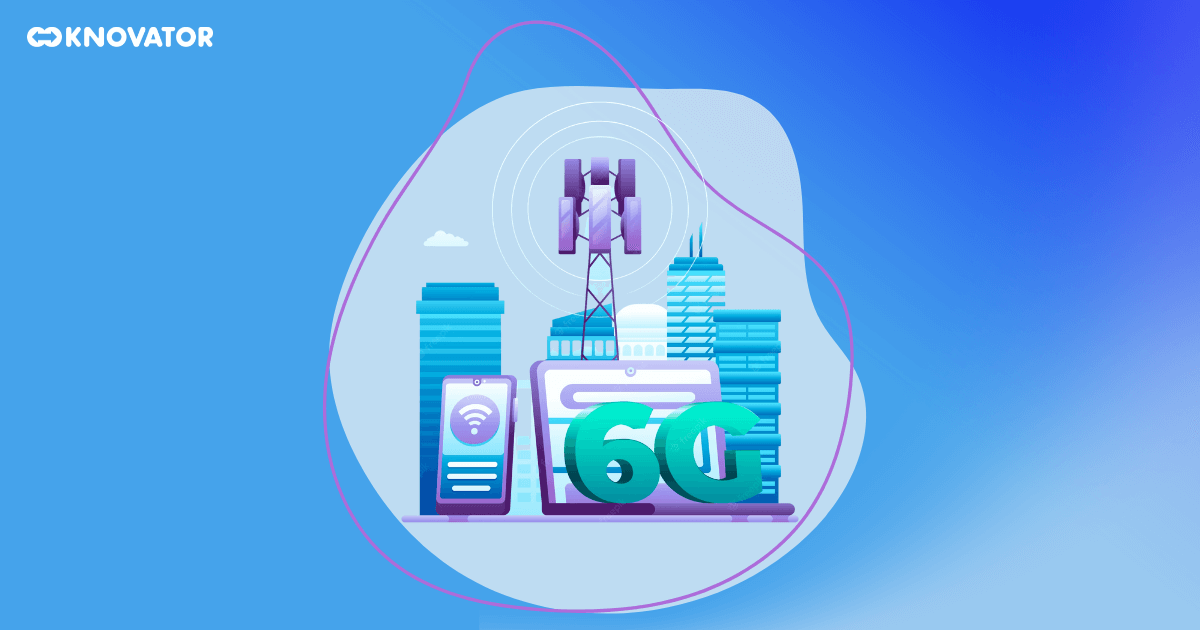 Despite being over two decades old, the Telecommunications Act remains highly relevant in today’s digital age. The Act continues to provide the regulatory framework for the telecommunications industry, and its provisions continue to shape the industry’s competitive landscape.
Despite being over two decades old, the Telecommunications Act remains highly relevant in today’s digital age. The Act continues to provide the regulatory framework for the telecommunications industry, and its provisions continue to shape the industry’s competitive landscape.
However, the Act has also been the subject of controversy and debate. Critics argue that it has failed to maintain pace with technological advancements and the changing market conditions. They point to the rise of the internet and digital convergence as developments that the Act did not anticipate and is ill-equipped to handle.
There have been calls for updates and amendments to the Act to address these challenges. Issues such as net neutrality, privacy, and the regulation of Internet platforms have emerged as key areas of concern. These debates highlight the ongoing relevance of the Act and the need for a regulatory framework that can adapt to the rapidly evolving telecommunications landscape.
Maintenance and Upgrades
 Keeping the Telecommunications Act up-to-date with technological advancements and changing market conditions is crucial. This requires regular updates and amendments to the Act to ensure it continues to foster competition, protect consumers, and promote innovation in the telecommunications industry.
Keeping the Telecommunications Act up-to-date with technological advancements and changing market conditions is crucial. This requires regular updates and amendments to the Act to ensure it continues to foster competition, protect consumers, and promote innovation in the telecommunications industry.
However, updating the Act is a challenging task. It requires a careful balancing act between promoting competition and innovation, protecting consumers, and ensuring universal service provision. It also requires a deep understanding of the complex and rapidly evolving telecommunications landscape.
Despite these challenges, the Act’s need for updates and amendments is clear. As technology advances and the market evolves, the Act must adapt to ensure it remains relevant and effective. This will require ongoing dialogue and collaboration between policymakers, industry stakeholders, and consumers.

